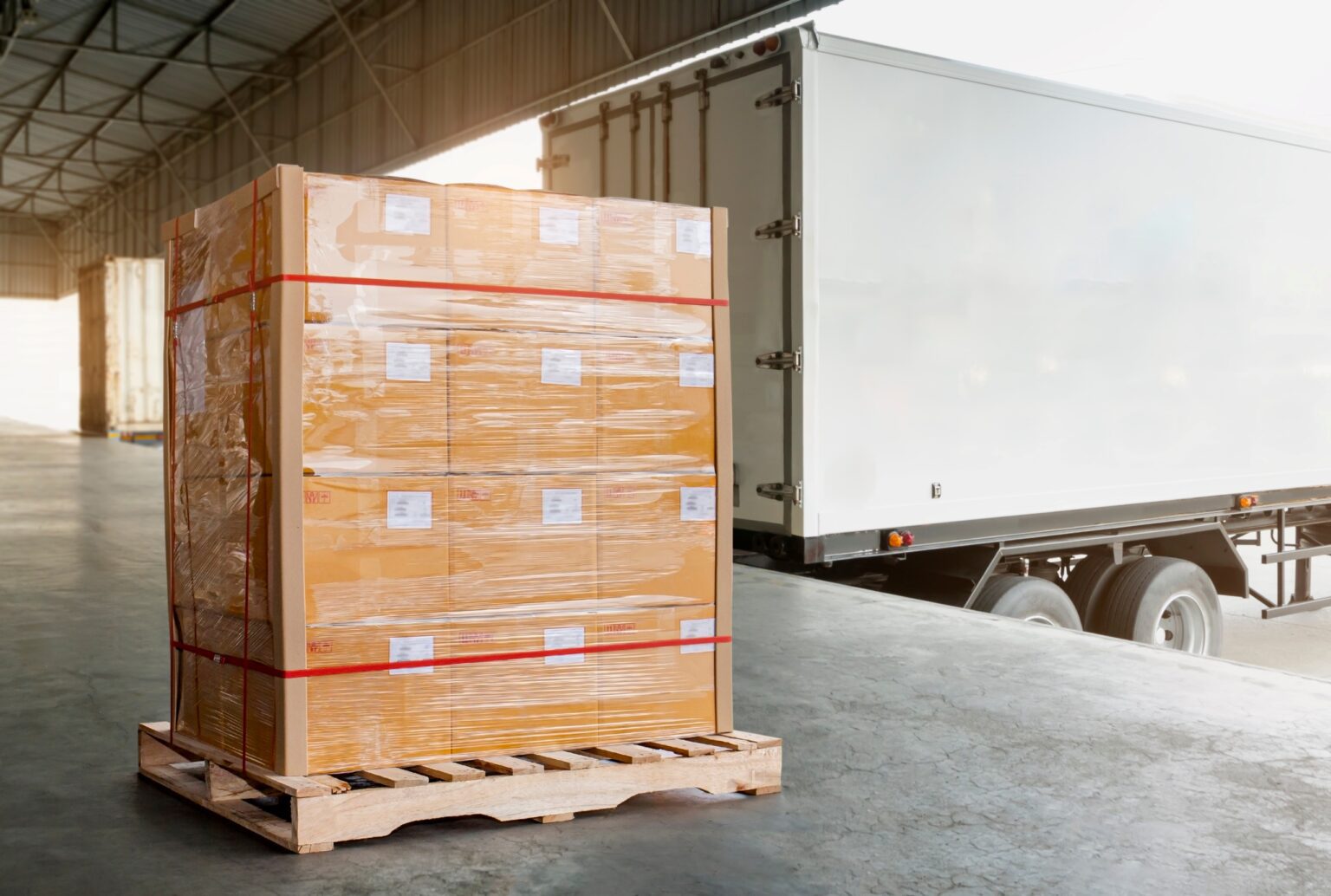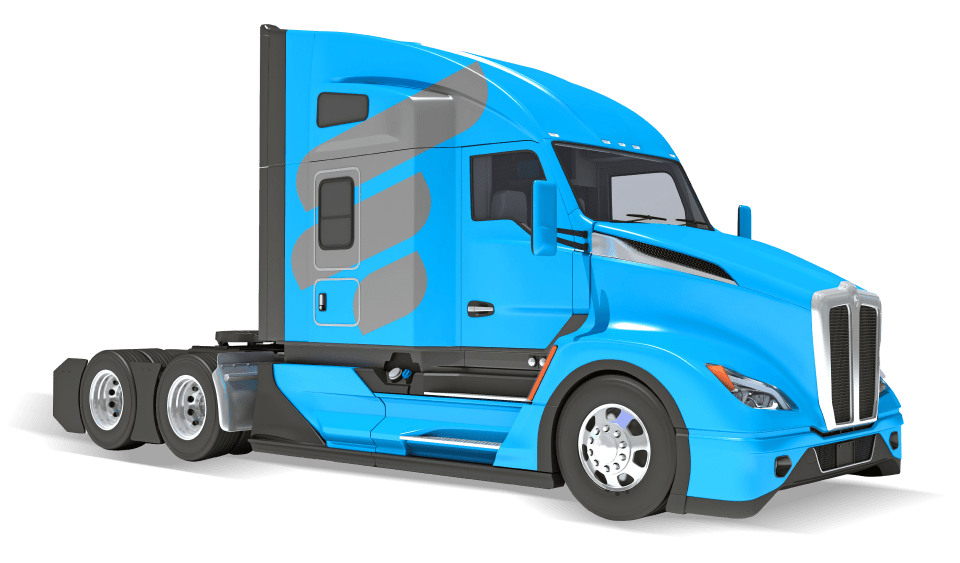Are your annual freight costs causing a dent in your business’s bottom line? The struggle of grappling with soaring expenses in the freight department is a challenge many businesses face. In today’s fast-paced world, where every penny counts, finding ways to reduce these costs is not just a goal. It’s a necessity.
Navigating the complex landscape of shipping expenses requires strategic planning and a keen eye for opportunities to cut unnecessary expenditures. In this article, we will address the challenges of high annual freight costs and provide you with seven practical tips to not only alleviate this burden but to thrive in a more cost-effective freight journey.
Let’s embark on this journey to unlock significant savings in your annual freight shipping costs, ensuring a smoother ride toward business prosperity.
1. Streamlining Shipping Routes

In the world of freight, the route your shipments take is a strategic decision that can impact your bottom line. Streamlining shipping routes is akin to finding the shortest, most efficient path from point A to point B, and it’s a crucial step in reducing your annual freight costs. Here’s how you can achieve it:
Optimal Route Planning
- Traditional routes might not always be the most cost-effective. By investing time in planning, you can identify alternative routes that minimize travel distances and reduce fuel consumption.
- Utilize route optimization software and algorithms that take into account factors like traffic, weather conditions, and fuel efficiency. This helps you identify the most efficient path for each shipment and helps reduce the cost of freight.
Utilizing Technology for Smart Routing
- Technology is your ally in the quest for efficient shipping routes. Embrace GPS tracking, real-time traffic updates, and advanced logistics software to make informed decisions on the fly.
- Automation tools make route planning faster and allow for real-time adjustments. Automated systems can respond to unexpected events, rerouting shipments to avoid delays and additional costs. They can even help you with knowing how to calculate freight cost, freight cost per mile, and perhaps more.
2. Negotiating Better Contracts
Your negotiation skills can be a potent weapon when it comes to slashing your annual freight costs. In the logistics world, securing favorable contracts is not just about getting the best rates; it’s about ensuring a partnership that benefits both parties. Let’s break down how you can master the art of the deal:
The Art of Negotiation
- Freight contracts are a significant part of your operational expenses. Skillful negotiation can lead to cost savings, improved terms, and a more mutually beneficial relationship with your carriers.
- Dive into details such as shipping volumes, delivery timelines, and payment terms. Be ready to discuss long-term commitments and explore opportunities for collaboration.
Advocating for Fair Terms
- Clearly define your expectations and requirements before entering negotiations. This groundwork ensures that both parties are on the same page and sets the stage for constructive discussions.
- Foster open communication with your carriers. Share your business goals and challenges transparently, encouraging a collaborative approach to find solutions that work for both sides.
3. Embracing Technology Solutions
Technology is a game-changer in a world driven by innovation, and the freight industry is no exception. Embracing cutting-edge technology solutions isn’t just about staying relevant; it’s a strategic move to revolutionize how you manage your freight operations. Here’s why it’s a key player in reducing your annual freight costs:
Role of Technology in Cost Reduction
- Technology streamlines processes, reducing manual efforts and minimizing errors. This efficiency directly translates into cost savings as you optimize resource utilization and enhance productivity.
- Advanced tracking systems provide real-time visibility into your shipments. This improves the accuracy of delivery estimates and enables proactive problem-solving, preventing costly delays.
Implementing Tracking Systems
- Tracking systems offer more than just location updates. They provide a wealth of data, allowing you to analyze routes, identify bottlenecks, and optimize your logistics strategy for maximum efficiency.
- Real-time tracking isn’t just beneficial for you; it also enhances the customer experience. Providing customers with accurate and up-to-date information builds trust and loyalty.
4. Consolidating Shipments
Imagine if every shipment your business sent out was like a puzzle piece, and by carefully combining them, you could create a more cost-effective picture. That’s the essence of consolidating shipments—a strategy that goes beyond individual packages to create a streamlined and efficient freight process.
Here’s how it can significantly impact your annual freight costs:
Understanding the Benefits of Consolidation
- Consolidating shipments allows you to take advantage of economies of scale. Combining multiple smaller shipments into a single larger one can result in lower transportation costs per unit.
- When shipments are consolidated, available space is optimized. This minimizes wasted capacity and ensures that every inch of your freight carrier is utilized efficiently.
Reducing Costs Through Combined Shipments
- Sending out individual small shipments might seem convenient, but it often comes with a higher price tag. Consolidating shipments enables you to benefit from more cost-effective bulk shipping rates. Fuel cards are also great ways for you to save on fuel costs.
- In addition to cost savings, consolidation contributes to environmental sustainability by reducing the number of vehicles on the road, lowering fuel consumption, and minimizing carbon emissions.
5. Right-sizing Packaging

Packaging is more than just a protective shell for your products; it’s a crucial factor that can either contribute to or diminish your annual freight costs. Right-sizing packaging is all about finding the perfect fit – ensuring your packages are neither too big nor too small. Let’s unpack the benefits of this strategy:
Significance of Packaging Efficiency
- Overly large packaging wastes materials and leads to higher shipping costs. Right-sizing ensures that you’re not paying to ship unnecessary empty space, ultimately reducing your freight expenses.
- It’s not just about minimizing dimensions. Right-sizing also involves maintaining the necessary protection for your products while optimizing the overall package size for cost efficiency.
Downsizing for Cost Savings
- Right-sizing means using just the right amount of packaging materials – no more, no less. This cuts down on material costs and contributes to sustainability efforts by reducing waste.
- Smaller packages mean fewer resources used in production and less waste generated. It’s a step towards a greener and more environmentally responsible shipping approach.
6. Monitoring and Analyzing Expenses
Monitoring and analyzing expenses go beyond merely tracking numbers; they empower you to make informed decisions and identify areas for improvement. Here’s why it’s a critical aspect of reducing your annual freight costs:
The Power of Regular Expense Analysis
- Regular analysis of your freight expenses provides a wealth of data. This data, when harnessed effectively, allows you to make informed decisions that contribute to cost reduction. The data can also help you figure out better ways how to estimate freight costs or how to reduce freight costs.
- Patterns and trends often hide within the numbers. You gain insights into recurring issues by consistently monitoring expenses, enabling proactive measures to address them and prevent future cost escalations. It’s also a good idea to look into factoring for trucking.
Keeping a Close Eye on Freight Spending
- Effective expense monitoring is like having a financial radar. It helps you stay within budgetary limits, preventing overspending and ensuring that your resources are allocated efficiently.
- Timely monitoring allows you to identify deviations from the budget early on. This, in turn, empowers you to make real-time adjustments, preventing financial surprises down the road. If this is not your strong suit, you can opt for trucking accountant services.
7. Building Stronger Relationships with Carriers
In the world of logistics, the relationship you cultivate with your carriers is not just transactional; it’s a cornerstone of success. Building stronger ties with your carriers goes beyond securing favorable terms; it’s about creating a partnership that benefits both parties.
Here’s why this aspect is pivotal in the journey to lower your annual freight costs:
Communication and Collaboration
- Effective communication is a two-way street. Regularly exchanging information and feedback helps both parties better understand each other’s expectations and challenges.
- When challenges arise, a strong relationship ensures a collaborative approach to finding solutions. This proactive problem-solving minimizes disruptions and potential extra costs.
Loyalty and Long-Term Cost Benefits
- A loyal carrier is an invaluable asset. Long-term relationships often lead to more favorable terms, reducing costs over time and contributing to overall financial stability.
- Carriers who view you as a valuable partner are more likely to go the extra mile. This might include prioritizing your shipments, offering flexibility in schedules, or providing insights to optimize routes and processes.
Charting Your Course to Cost-Efficient Freight Management
It’s time to put these insights into action. Analyze your shipping routes, renegotiate contracts, embrace technology, consolidate shipments, right-size your packaging, monitor expenses, and fortify your relationships with carriers.
As you embark on this journey, consider exploring solutions like factoring with Factoring Express for your trucking financial needs. Our expertise in factoring for trucking can provide the financial flexibility your business requires.
Remember, the key lies in implementation. So, equip yourself with these tools, navigate the challenges, and chart your course toward cost-efficient freight management. The destination? A successful and resilient business ready to conquer the logistics landscape. Safe travels!




